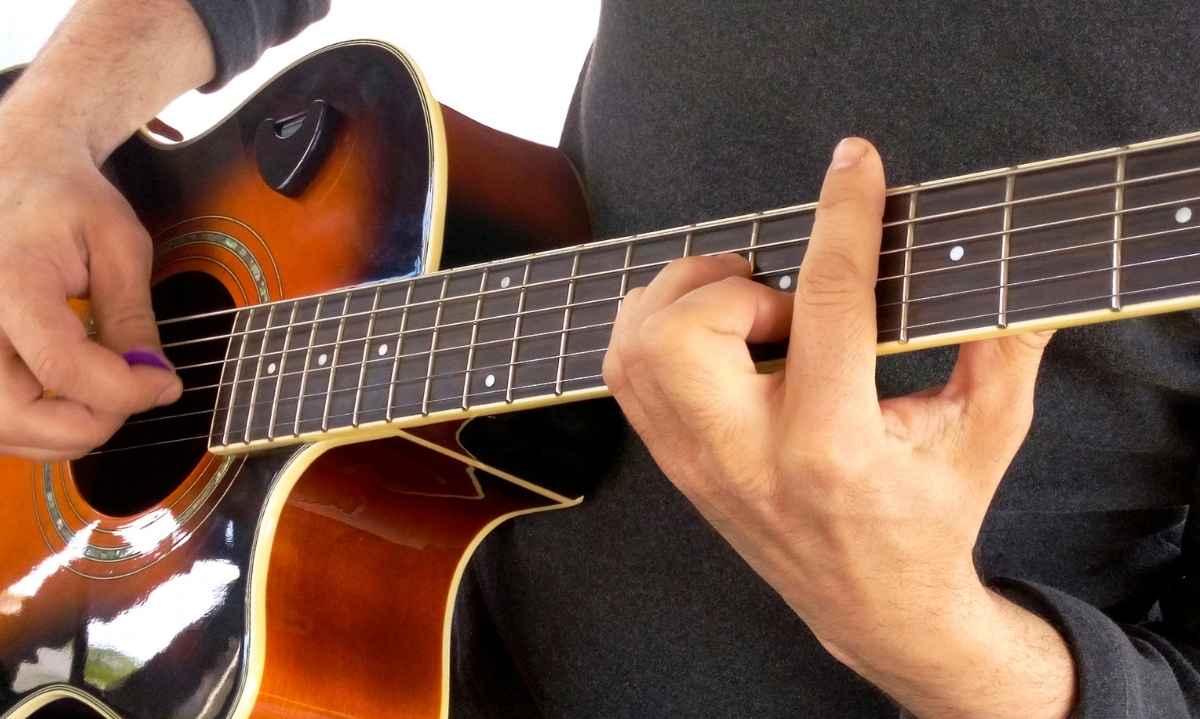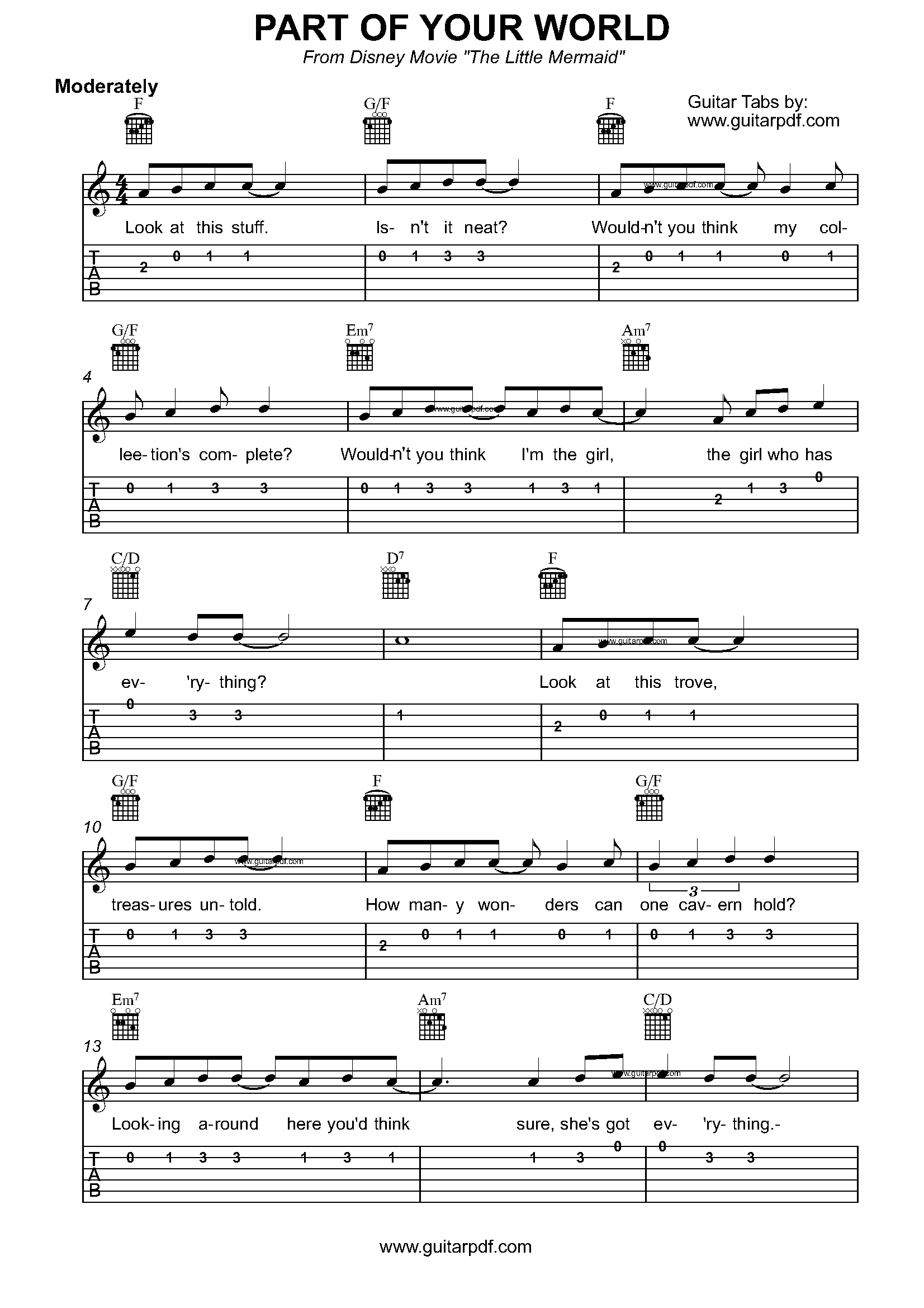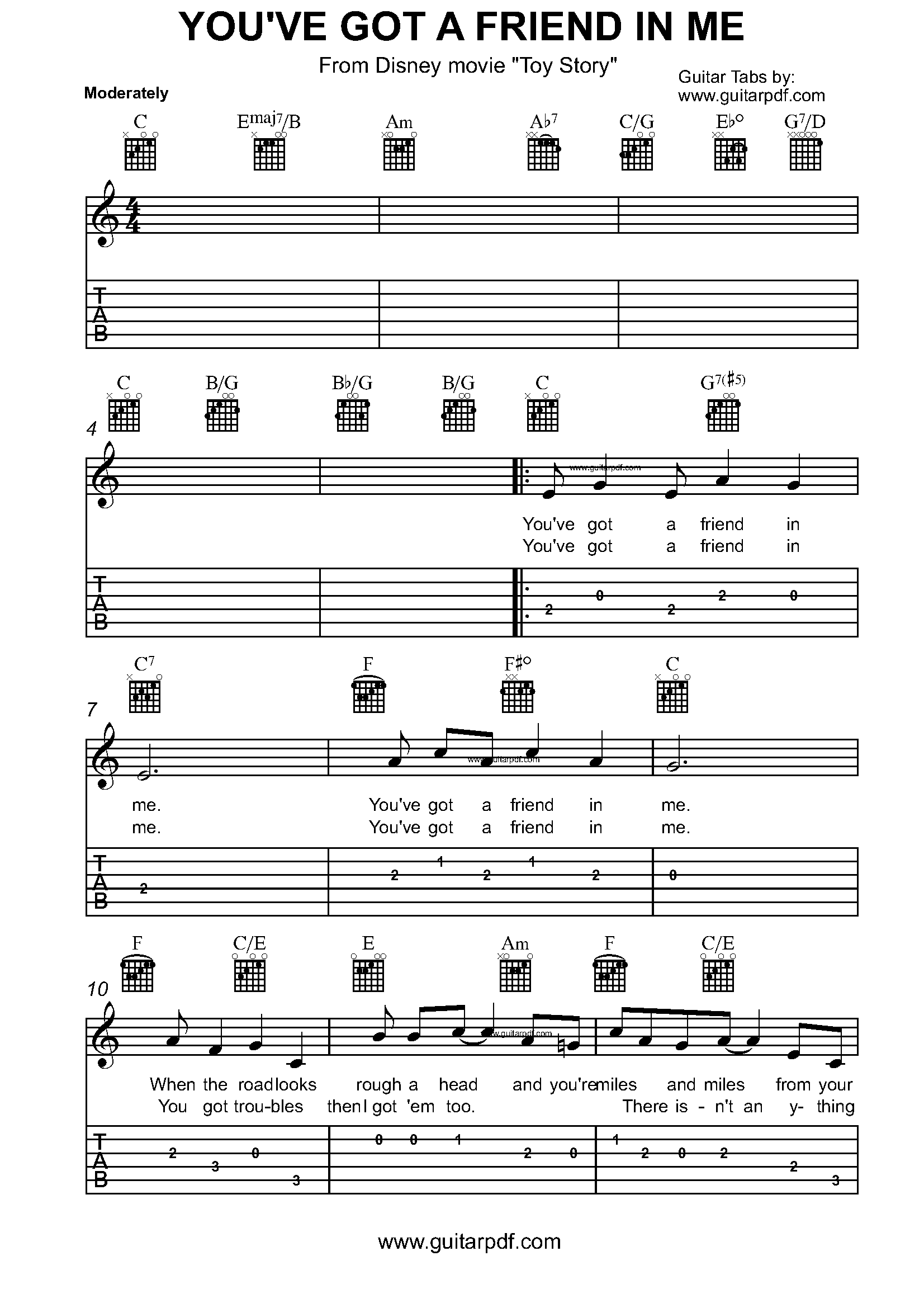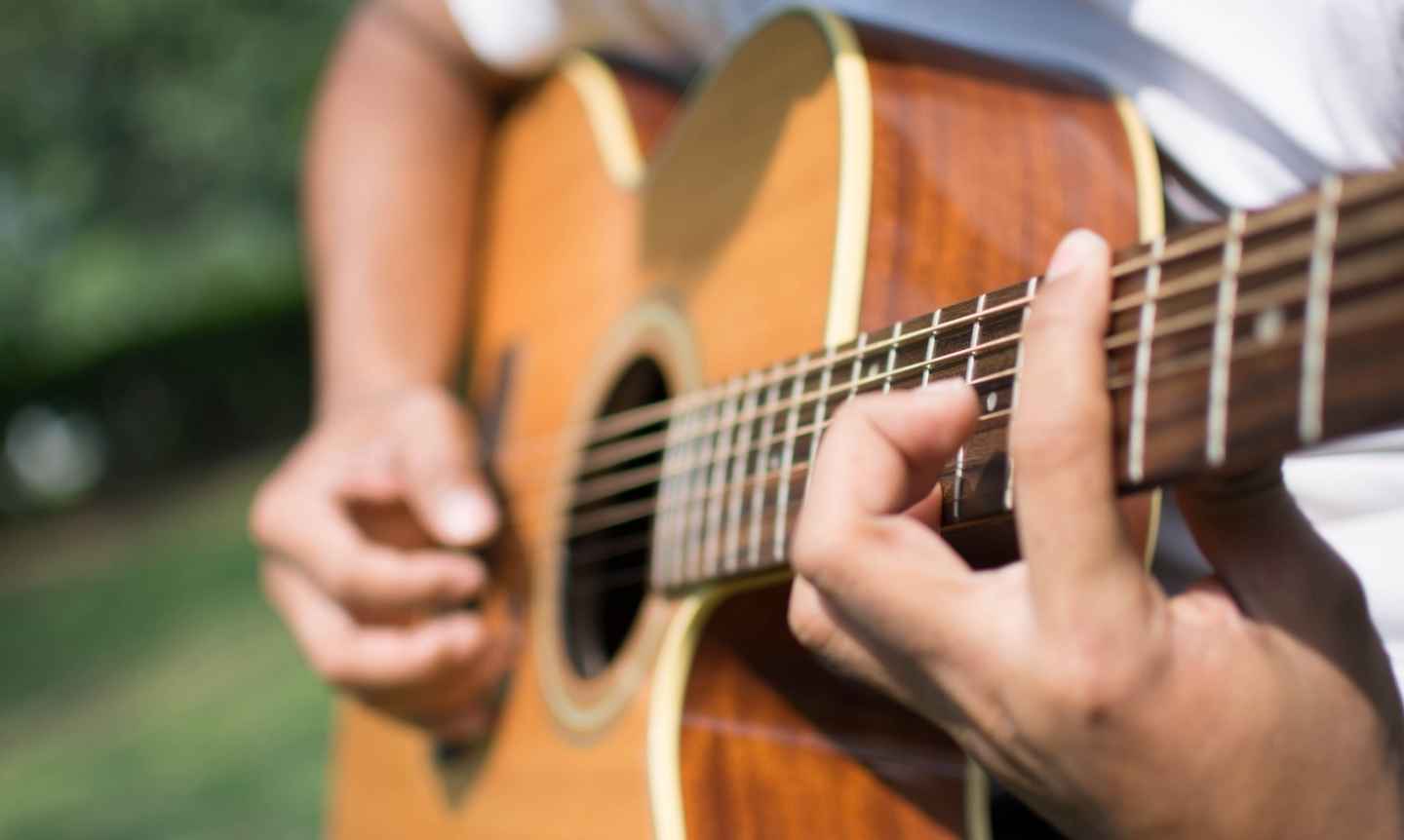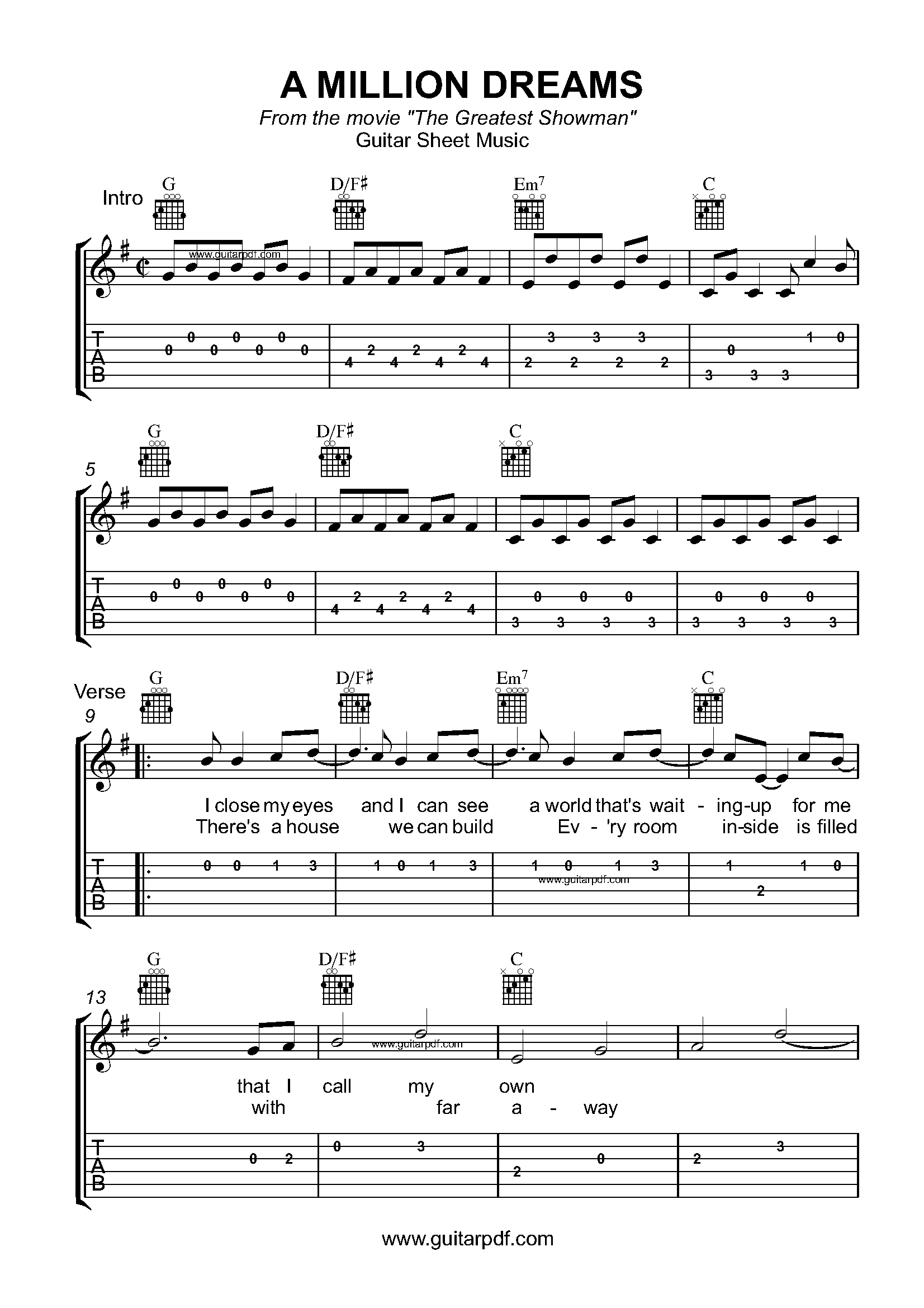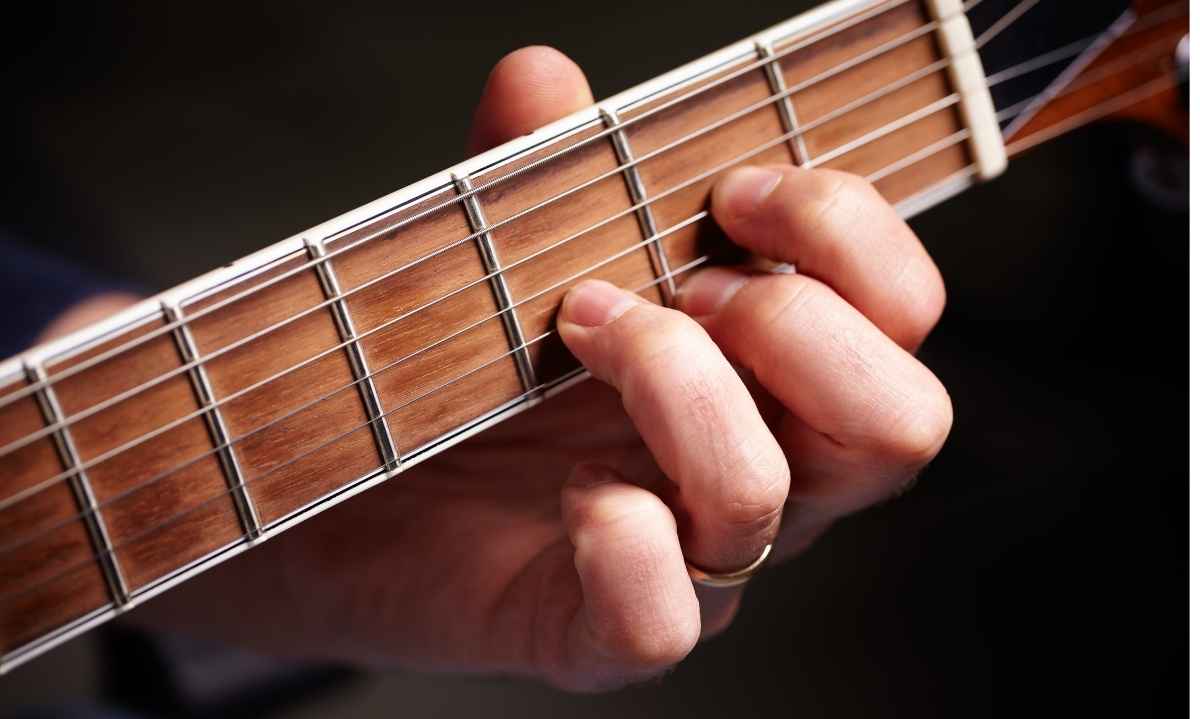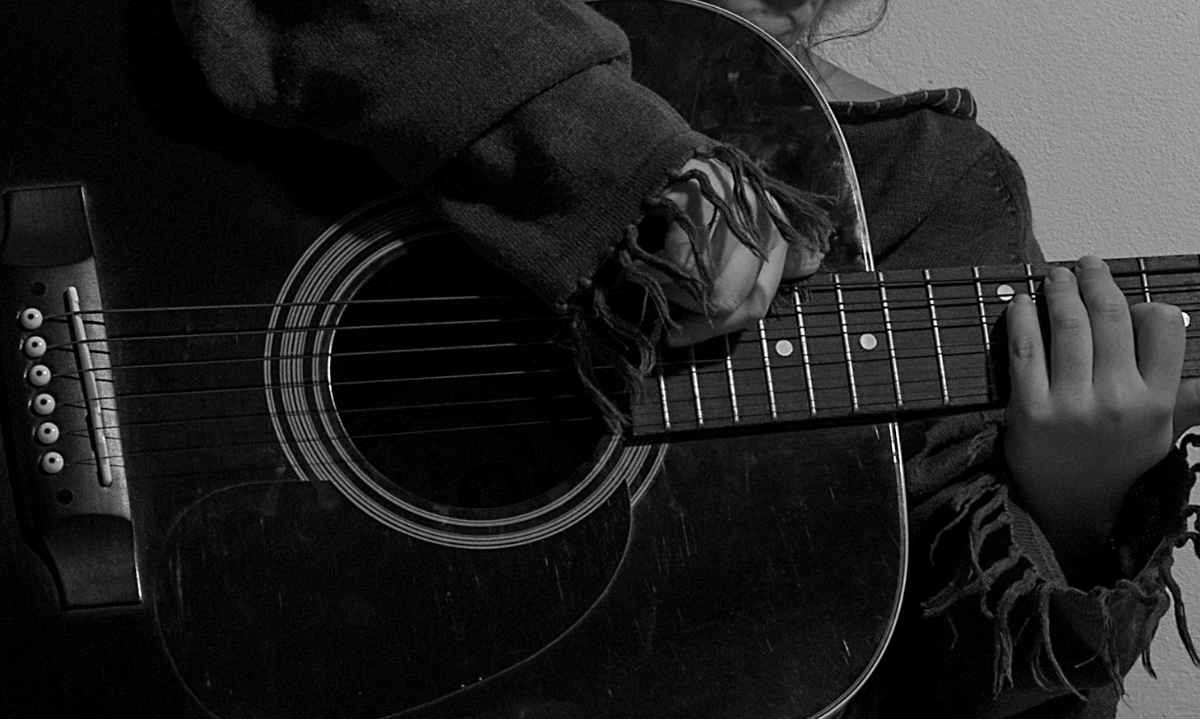Patterns and Shapes of Barre Chords on the Guitar
If you’ve ever heard the buzz of muted strings or felt your hand cramp after a few attempts, you know the struggle is real. But once you master them, they unlock a whole new world of guitar-playing possibilities. Barre chords are essential for guitarists at any level, allowing you to play virtually any chord anywhere on the neck, no matter the key.
So, whether you’re just getting started or looking to polish up your barre chord game, this guide will introduce you to the most important barre chords every guitarist should know.
What Are Barre Chords?
Before we dive into specific shapes, let’s quickly explain what barre chords are.
A barre chord is a chord where one finger (usually the index) presses down multiple strings across the fretboard, essentially forming a “bar” that acts like a capo. This allows you to move chord shapes up and down the neck without needing open strings, making barre chords extremely versatile.
In other words, learning just a few barre shapes means you can play hundreds of chords! Sounds pretty powerful, right? Now, let’s look at the must-know barre chords.
1. The E Major Shape (Root on the low E String)
This is one of the most common and versatile barre chords. Based on the open E major chord, the E-shaped barre chord lets you move this shape anywhere on the neck, with the root note on the 6th string (low E string).
Example:
- When you barre the 1st fret and form the E shape, you get an F major chord.
- Move up two frets, and you’re playing a G major.
Why It’s Important:
- It’s the go-to major chord shape.
- Covers a lot of ground thanks to the 6th string root, giving you access to all 12 major chords across the fretboard.
Pro Tip:
Make sure your barre finger is pressing down evenly on all six strings. If you’re hearing buzzing or muted notes, experiment with your hand position and thumb placement to get a clearer sound.
2. The A Major Shape (Root on the 5th or A String)
Another essential barre chord is the A-shaped barre chord. This is based on the open A major chord, and the root note is on the 5th string (A string). Just like the E shape, this chord can be moved up and down the neck.
Example:
- Barre the 3rd fret and form the A major shape, and you have a C major chord.
- Slide it up two more frets for a D major.
Why It’s Important:
- It’s the second major barre shape that covers the chords on the 5th string.
- You can play almost any song with just the E-shaped and A-shaped barre chords.
Pro Tip:
Focus on the root note on the 5th string to quickly identify the chord you’re playing. Also, for some players, it’s easier to use a simplified A shape by only barring three strings with your ring finger, leaving the high E string out of the chord.
3. The E Minor Shape (Root on the 6th String)
Once you’ve mastered the E major shape, it’s time to learn the E minor-shaped barre chord. It’s similar to the E major, but you lift the finger that would typically press down on the G string (creating the minor sound).
Example:
- Barre the 1st fret and form the E minor shape to play an F minor.
- Slide it up two frets, and you have a G minor chord.
Why It’s Important:
- This is your main minor chord shape based on the 6th string.
- It allows you to play any minor chord by simply shifting the shape up or down the neck.
Pro Tip:
Make sure you aren’t pressing too hard when forming the barre—your hand should stay relaxed to avoid unnecessary tension.
4. The A Minor Shape (Root on the 5th String)
Like the A major shape, the A minor-shaped barre chord is based on the open A minor chord. The root note remains on the 5th string, but the chord takes on a more somber, minor sound.
Example:
- Barre the 2nd fret, form the A minor shape, and you’re playing a B minor.
- Move it up three frets, and you have a D minor chord.
Why It’s Important:
- This is the main minor barre chord shape rooted on the 5th string.
- Along with the E minor shape, it allows you to cover all minor chords on the fretboard.
Pro Tip:
It can be helpful to start by mastering the open A minor chord before moving on to the barre version, so your fingers are used to the minor shape.
5. The C Major Shape (Root on the 5th String)
For a bit of a twist, the C-shaped barre chord is based on the open C major chord. Though it’s less commonly used than the E or A shapes, it’s still a valuable tool, especially for adding variety to your playing.
Example:
- Barre the 2nd fret and form the C shape, and you get an D major chord.
- Slide it up two frets, and you’ve got an E major chord .
Why It’s Important:
- This shape gives you a new way to play major chords without relying solely on the E and A shapes.
- It’s a great tool for more advanced players who want to expand their chord vocabulary.
Pro Tip:
The C shape can be tricky to form as a barre chord, so don’t worry if it takes a bit longer to feel comfortable. Start by practicing it higher up on the neck where the frets are closer together.
How to Master Barre Chords
Barre chords can be tough at first, but with practice, they become second nature. Here are a few tips to help you master them faster:
- Strengthen Your Hands: Practice simple grip and stretch exercises to build strength in your fingers, especially the index finger.
- Start High on the Neck: Barre chords are easier to play higher up the neck because the frets are closer together and require less finger pressure. Once you’re comfortable, move down the neck to the lower frets.
- Play Songs You Love: Incorporate barre chords into your favorite songs. Playing real music keeps practice fun and helps build muscle memory faster.
Barre chords are essential building blocks for any guitarist. By mastering these foundational shapes—E major, A major, E minor, A minor, C major, and G major—you’ll have the tools to play any song in any key. At first, they might feel awkward, but with regular practice, you’ll wonder how you ever played without them!
So grab your guitar, practice those barre chords, and watch your playing transform!

